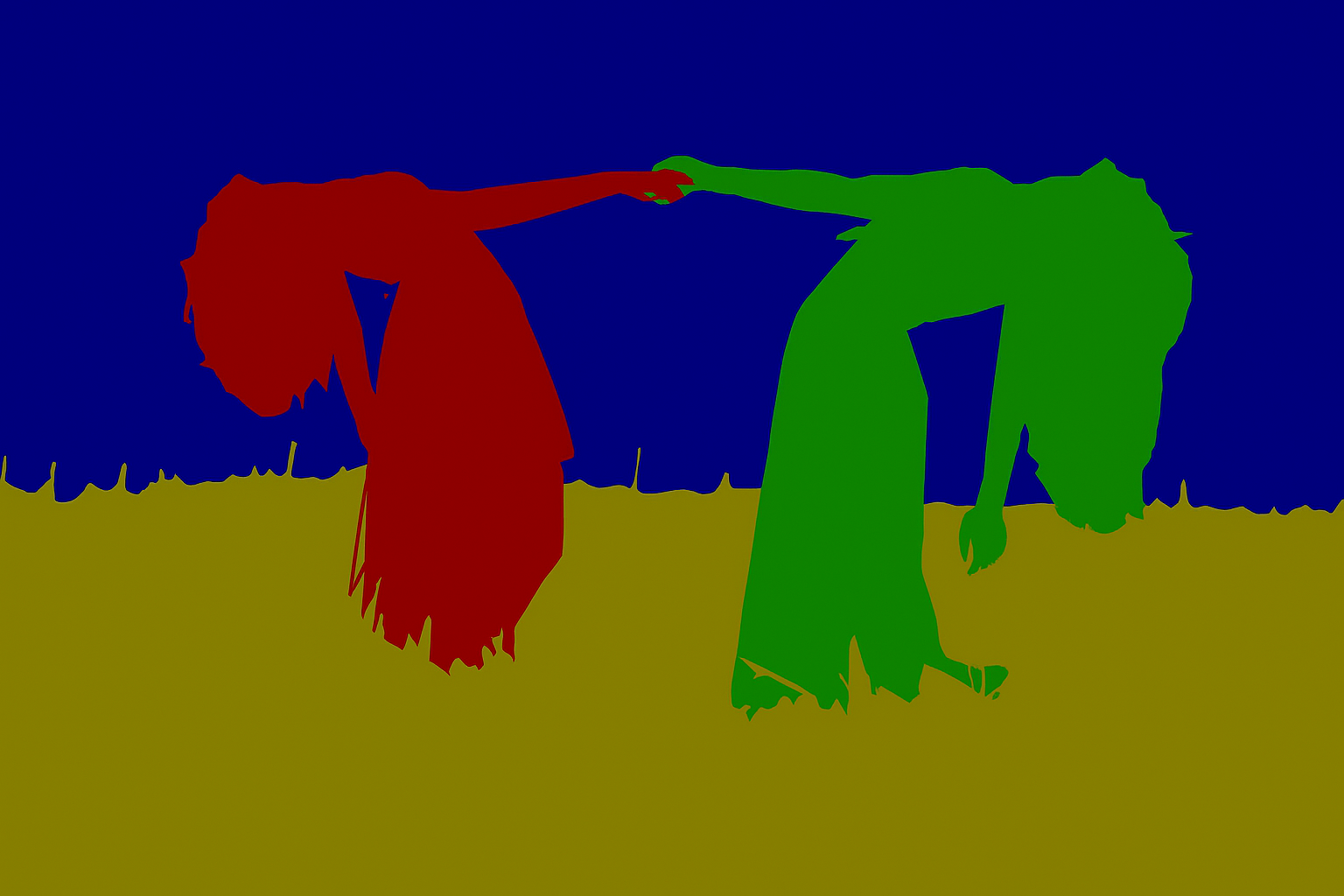Entity Segmentation has recently emerged as a paradigm that transcends the limits of semantic, instance, and panoptic segmentation. By treating all visually distinct regions as entities — irrespective of predefined taxonomies — it offers a more flexible and open-world representation of visual scenes. This article reviews the conceptual shift from traditional segmentation paradigms, analyzes current challenges, and discusses how vision-language models (VLMs) such as SAM and DINO pave the way toward scalable entity-centric perception.
1. From Semantic to Entity Segmentation — Why Do We Need It?
Entity Segmentation (ES) extends beyond semantic, instance, and panoptic segmentation. Unlike category-based approaches, ES identifies all visually distinct entities, regardless of whether they belong to a predefined class.

2. Real-World Applications of Entity Segmentation
- Image Editing & Content Creation
ES enables one-click cut-outs, background replacement, and localized effects in Photoshop-like tools. Importantly, because ES is label-free, it generalizes across cartoons, sketches, and even remote sensing images without additional retraining. - Autonomous Driving & Robotics
Unlike semantic segmentation, which may classify an unseen object as “background,” ES ensures obstacles like fallen tires or unfamiliar construction machinery are still treated as entities — crucial for safe navigation. It also builds unified instance-level maps of traffic environments, reducing ambiguities in “stuff” categories (e.g., grass vs. road). - Industrial Inspection & Smart Manufacturing
Defects like scratches, cracks, or bubbles can be segmented as independent entities without defining a defect taxonomy. ES also adapts flexibly to new components (e.g., novel screw types) without retraining. - Medical Imaging & Bioinformatics
ES can isolate abnormal cell morphologies (irregular nuclei, rare structures) in pathology slides, assisting early cancer detection and enabling unbiased quantification of cell populations. - Augmented Reality & Metaverse
Any arbitrary object (book, mug, furniture) can be anchored with a unique entity ID, supporting persistent interactions, occlusion handling, and cross-session AR continuity.
3. Key Challenges in Entity Segmentation
Despite its promise, ES faces significant hurdles:
Annotation Cost & Quality
- Pixel-precise entity boundaries are expensive to annotate.
- Unlike category-based datasets (e.g., COCO), ES requires annotators to decide what counts as an entity, which introduces ambiguity (transparent boundaries, heavy occlusion, fine texture regions).
Computational Bottlenecks
- Ultra-high-resolution images (10k×10k) exceed GPU memory; specialized architectures like CropFormer are needed.
- Real-time systems (e.g., self-driving cars) require <100ms inference, but current ES models struggle to meet this.
Granularity Conflicts
- Users may want different levels (whole bottle vs. bottle cap). Models like SAM can output multiple granularities, but require manual tuning — not scalable for automation.
Integration with Downstream Tasks
- ES outputs category-free masks, which downstream systems (e.g., robotic grasping) still need to classify. Bridging entity masks with semantic labels remains an open problem.

4. Where Vision-Language Models (VLMs) Fit In
Large Vision-Language Models have reshaped perception tasks, but their strengths and limits in ES are worth analyzing:
SAM (Segment Anything Model)

SAM popularized promptable segmentation with strong zero-shot performance. Yet:
Without human prompts, SAM struggles with what counts as an entity.
Over-/under-segmentation occurs frequently, especially for textured or tree-like structures.
In domains like medical imaging or agriculture, its performance drops due to prompt sensitivity.
DINO/DINOv2

Excellent for unsupervised feature learning, but require adaptation layers for precise entity boundaries.
Recent Advances
- EntitySAM extended SAM to video by introducing an entity decoder and automatic prompt builder, enabling multi-entity tracking without user input.

- SOHES introduced a self-supervised hierarchical pseudo-labeling pipeline for entity segmentation, reducing annotation reliance.

- E-SAM explored training-free enhancements to generate multi-granularity entity masks, tackling granularity inconsistency.

5. The Future of Entity Segmentation
Looking ahead, research is converging on several directions:
Fine-Tuning VLMs for Entity Awareness
- Incorporate entity-centric training objectives (beyond prompts).
- Use parameter-efficient fine-tuning (LoRA, adapters) for specialized domains (e.g., pathology, manufacturing).
Curated Multi-Domain Datasets
- Mix natural, industrial, and medical imagery.
- Explore semi-supervised and self-supervised pipelines (e.g., SOHES) to reduce annotation cost.
Hierarchical Granularity Control
- Design models to flexibly switch between coarse (whole object) and fine (parts) segmentation depending on user/task needs.
Seamless Integration into Applications
- Pair entity masks with semantic classifiers for robotics, AR, and healthcare tasks.
- Standardize ES outputs for industrial adoption (e.g., unique IDs across sessions).
Conclusion
Entity Segmentation represents a paradigm shift: from fixed taxonomies to open-world, entity-centric understanding of visual scenes. While current VLMs like SAM have sparked this transition, new methods like EntitySAM, SOHES, and E-SAM are paving the way for fully automated, fine-granular, and domain-general entity perception.




